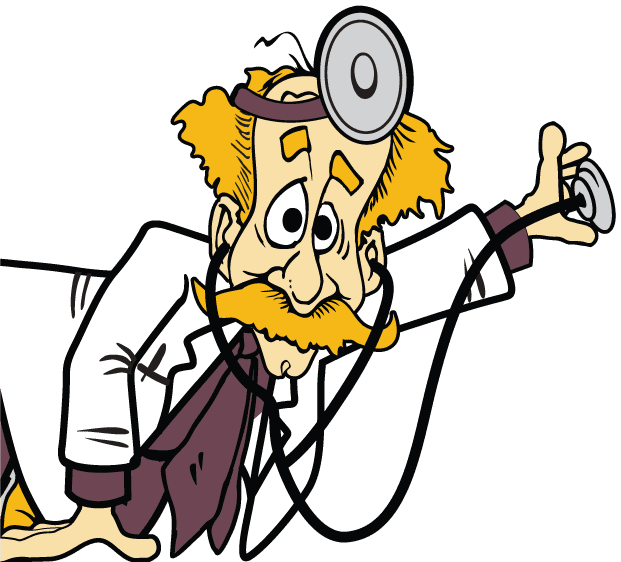If you have mold in your crawlspace, it can greatly impact your health and cause long-lasting damage to your home. That’s why it’s important to detect it early and
Let’s break down some things you should know about crawlspace mold:
- What Are the Signs of Mold Growth?
- What Types of Mold Grow in Your Crawl Space?
- How Does Mold Affect Your Health?
- What Can You Do to Help?
Need help with your Crawl Space? Contact the experts at Crawlspace Doctor today.
What Are the Signs of Mold Growth?
When your crawl space isn’t ventilated properly, it can cause mold to grow due to moisture and high levels of humidity. When it first occurs, you may not notice it or mistake it for something else like dirt. The most common sign is a musty smell that is present throughout your home. Other signs include warped wooden floors or rotting wood in your crawl space as mold will eat away at organic materials.
Over time, you may also notice an increase in your utility bills as mold growth can occur from a leak somewhere in your home. You may also notice unwanted pests in your crawl space as leaks or cracks will allow them to get in.
What Types of Mold Grows in Your Crawl Space?
White Mold: It mostly grows on exposed soil and wooden beams and looks like white fuzz. You can identify it by its color, texture, and specific musty odor.
Black Mold: This type of mold has been found to be the most toxic type of mold as it releases mycotoxins which are poisonous substances that cause disease in humans and animals. It appears bumpy, fluffy, or powdery and can sometimes be dark gray or green in color. Most often, it grows in warm, humid conditions such as on walls with water damage.
Yellow Mold: As it feeds on organic materials like wood structures, you’ll need to remove yellow mold from your home as soon as possible to prevent serious damage. Yellow mold tends to be dark in color with a dusty or fuzzy texture.
How Does Mold Affect Your Health?
According to the Center for Disease Control, mold can cause a variety of different health problems like a stuffy nose, sore throat, coughing, burning eyes, or skin rash. People with asthma or those who are allergic to mold can have severe reactions such as restricted breathing and other airway symptoms. If you’re immune-compromised or have chronic lung disease, you may get infections in your lungs from mold.
What Can You Do to Help?
The best way to deal with mold in your crawl space is by having it professionally removed. This ensures that it is getting taken care of effectively, with no additional risk of exposure to you. They’re trained to take the proper steps to remove it safely and prevent it from growing back in the future. This includes things like adding a proper drainage system, insulating your crawl space, and installing vent covers.
Trust the Experts at Crawlspace Doctor
At Crawlspace Doctor, our team is here to help you with mold removal along with crawl space repair and maintenance. No matter what issues you may be having, we’ll transform your damp, dirty, moldy crawlspace into a clean, dry foundation with a reliable encapsulation system.
Contact us today for any of your crawl space needs and get a free crawl space inspection.
